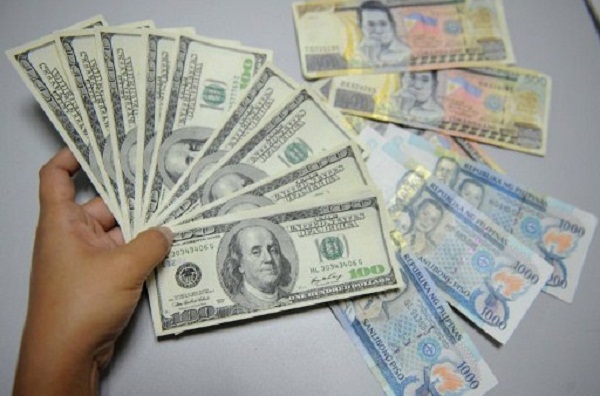The country’s dollar stock at the end of October rose to its highest level since the end of 2013, providing a bigger buffer to insulate the economy from major shocks overseas.
In a statement, the Bangko Sentral ng Pilipinas (BSP) said the country’s gross international reserves (GIR) rose for the third consecutive month. This came on the back of foreign currency deposits by the national government, revaluation adjustments on the BSP’s gold holdings and income from investments abroad.
“These were partially offset by payments made by the national government for its maturing foreign exchange obligations,” the BSP said.
At the end of October, the country’s foreign exchange reserves rose to $81.14 billion from $80.55 billion the month before. The country’s GIR was at its highest level since December 2013’s $83.18 billion.
Reserves are kept to ensure the availability of foreign exchange in an economy. Foreign currencies are needed to ensure businesses and the government are able to transact with the rest of the world.
October’s increase pointed to a healthy balance-of-payments (BOP) position or the summary of all transactions between the Philippines and the rest of the world.
Dollar reserves are built up when more foreign exchange enters the country than the economy needs to spend. Inflows come in the form of remittances from migrant workers, earnings from trade and revenue from industries such as outsourcing and tourism.
The country spends dollars on debt payments and imports. Dollars also exit when fund managers divest from Philippine assets.
If the country’s supply of dollars falls short, the BSP can choose to release more of the reserves to ensure the economy has what it needs. This keeps businesses and the government from buying dollars from overseas, which will erode the peso’s value.
BSP Governor Amando M. Tetangco Jr. last month said the government’s projected $2-billion BOP surplus for the economy this year was within reach, given the $1.8-billion surplus recorded in September.
